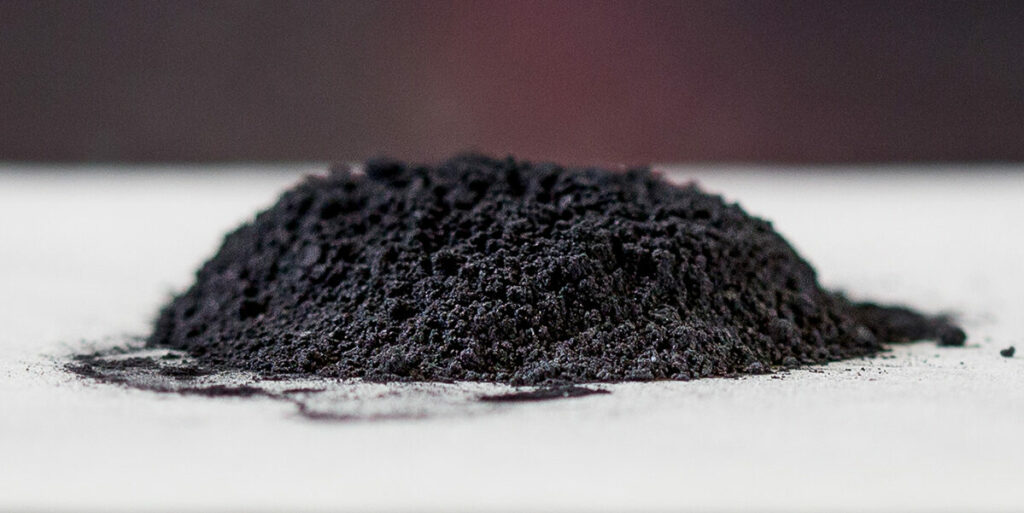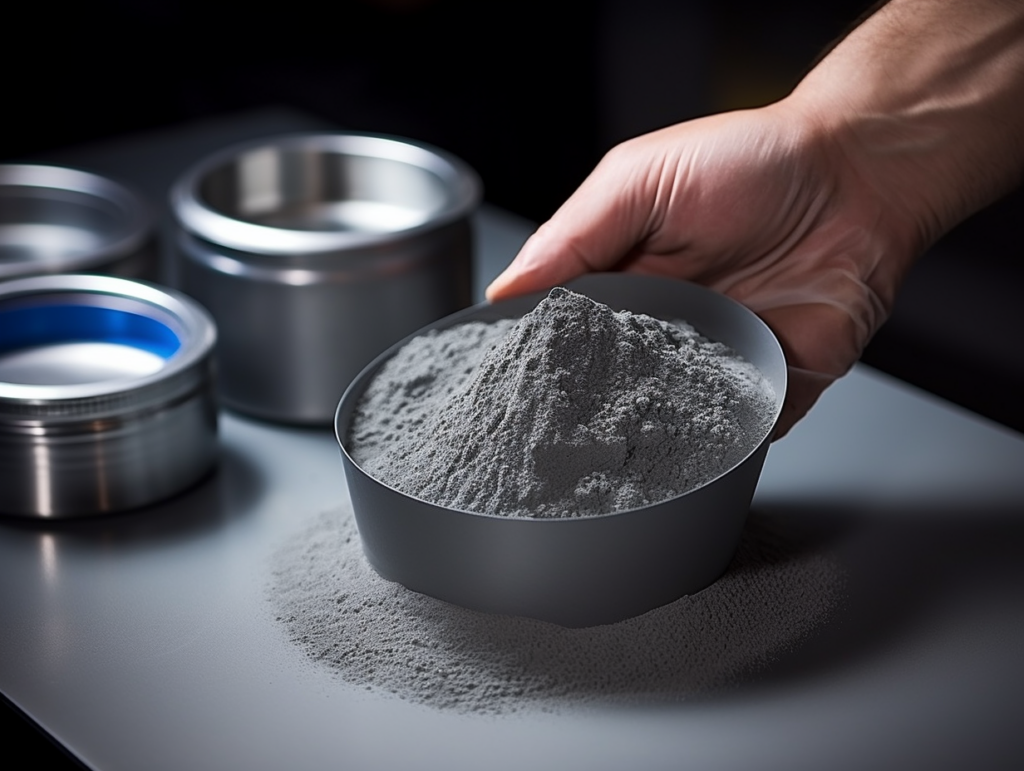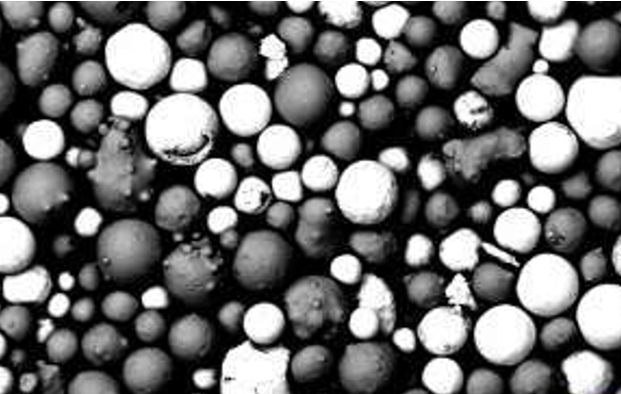Introduction
Overview of 3D printing technology
3D printing technology has revolutionized the manufacturing industry, providing new possibilities for creating complex and intricate designs. It involves the process of building three-dimensional objects by layering materials, such as metal powders, in a precise and controlled manner. The choice of metal powder used in 3D printing plays a crucial role in determining the final quality and characteristics of the printed object. With a wide variety of metal powders available, it is important to carefully consider factors such as material properties, cost, and compatibility with the printing equipment. By choosing the right metal powder for your 3D printing projects, you can achieve superior results and unlock the full potential of this innovative technology.
Importance of choosing the right metal powder
The importance of choosing the right metal powder for your 3D printing projects cannot be overstated. The quality and properties of the metal powder used in the printing process directly impact the final outcome of the printed object. Different metals have different characteristics, such as strength, durability, and conductivity, and selecting the appropriate metal powder is crucial to achieve the desired results. Additionally, the right metal powder ensures the integrity and reliability of the printed parts, as it affects their structural integrity and performance. Therefore, thorough research and careful consideration should be given to selecting the right metal powder for each specific 3D printing project.
Purpose of the article
The purpose of this article is to provide readers with a comprehensive understanding of the importance of choosing the right metal powder for their 3D printing projects. In recent years, 3D printing technology has gained significant popularity in various industries, including manufacturing, aerospace, and healthcare. With the ability to create complex and intricate designs, 3D printing has revolutionized the way products are prototyped and manufactured. However, the choice of metal powder used in the 3D printing process plays a crucial role in determining the quality, strength, and durability of the final printed object. By exploring the different types of metal powders available and their specific properties, this article aims to guide readers in making informed decisions when selecting the most suitable metal powder for their 3D printing projects.
Types of Metal Powders

Commonly used metal powders in 3D printing
In the world of 3D printing, there are several commonly used metal powders that are essential for creating high-quality and durable prints. These powders are specifically designed to be used in 3D printers and offer a wide range of properties and characteristics. One of the most popular metal powders used in 3D printing is stainless steel powder. This powder is known for its strength, corrosion resistance, and versatility, making it suitable for a variety of applications. Another commonly used metal powder is titanium powder, which is known for its lightweight yet strong properties. Titanium prints are often used in aerospace and medical industries due to their excellent biocompatibility and high strength-to-weight ratio. Additionally, aluminum powder is widely used in 3D printing due to its low density, high thermal conductivity, and good mechanical properties. These are just a few examples of the commonly used metal powders in 3D printing, each offering unique advantages and applications for different projects.
Properties and characteristics of different metal powders
Metal powders used in 3D printing have different properties and characteristics that make them suitable for specific applications. For example, titanium powder is known for its high strength-to-weight ratio, making it ideal for aerospace components. On the other hand, stainless steel powder is corrosion-resistant, making it suitable for medical implants. Aluminum powder is lightweight and has good thermal conductivity, making it suitable for heat exchangers. By understanding the properties and characteristics of different metal powders, you can choose the right one for your 3D printing projects based on your specific requirements and desired outcomes.
Advantages and disadvantages of each type
When it comes to choosing the right metal powder for your 3D printing projects, it is important to consider the advantages and disadvantages of each type. Different types of metal powders offer unique characteristics and properties, which can greatly impact the final outcome of your printed object. Some metals may offer superior strength and durability, while others may provide better heat resistance or electrical conductivity. However, it is also important to consider the cost and availability of each type of metal powder. Some metals may be more expensive or harder to find, which can affect the feasibility of using them for your projects. By carefully evaluating the advantages and disadvantages of each type of metal powder, you can make an informed decision and ensure the success of your 3D printing projects.
Factors to Consider
Compatibility with 3D printer
When it comes to choosing the right metal powder for your 3D printing projects, one of the key factors to consider is its compatibility with your 3D printer. Not all metal powders are suitable for every type of 3D printer, so it’s important to ensure that the powder you select is compatible with your specific printer model. This will help to ensure optimal printing results and reduce the risk of any technical issues or failures during the printing process. Additionally, considering the compatibility will also impact the overall quality and strength of the printed objects. Therefore, it is essential to thoroughly research and understand the compatibility requirements of your 3D printer before making a decision on the metal powder to use for your projects.
Application requirements
When it comes to choosing the right metal powder for your 3D printing projects, it is important to consider the application requirements. Different applications may require different properties in the metal powder, such as strength, durability, or heat resistance. For example, if you are printing parts for aerospace applications, you may need a metal powder that has high strength and is lightweight. On the other hand, if you are printing parts for automotive applications, you may prioritize durability and corrosion resistance. By understanding the specific requirements of your application, you can select the metal powder that will best meet your needs and ensure the success of your 3D printing projects.
Cost and availability
When it comes to choosing the right metal powder for your 3D printing projects, cost and availability are two important factors to consider. The cost of metal powders can vary significantly depending on the type of metal and its purity. Some metals, such as titanium and precious metals, tend to be more expensive than others. Additionally, the availability of certain metal powders may be limited, especially for rare or specialized metals. It is important to take into account both the cost and availability of metal powders to ensure that your 3D printing projects are both cost-effective and feasible.
Quality Control

Importance of quality control in metal powder selection
When it comes to 3D printing with metal powders, quality control in the selection process is of utmost importance. The right metal powder can greatly impact the overall success and quality of your 3D printing projects. By ensuring the quality of the metal powder, you can minimize defects, improve the mechanical properties of the printed objects, and enhance the overall durability and reliability. Factors such as particle size, purity, composition, and consistency play a crucial role in determining the suitability of a metal powder for a specific application. Therefore, it is essential to prioritize quality control measures when choosing the right metal powder for your 3D printing projects.
Testing methods for evaluating metal powder quality
When it comes to evaluating the quality of metal powders for 3D printing projects, there are various testing methods that can be utilized. These methods help determine the suitability and performance of the powders for specific applications. One commonly used testing method is particle size analysis, which measures the size distribution of the metal particles. This analysis is crucial as it ensures the desired powder characteristics for achieving accurate and reliable 3D prints. Another important testing method is chemical composition analysis, which examines the elemental composition of the metal powder. This analysis helps ensure the powder’s purity and consistency, which are vital for producing high-quality prints. Additionally, mechanical testing methods such as tensile testing and hardness testing can be employed to assess the strength and durability of the printed parts. These testing methods collectively provide valuable insights into the quality of metal powders, enabling manufacturers and designers to make informed decisions in selecting the right powder for their 3D printing projects.
Certifications and standards to look for
When choosing the right metal powder for your 3D printing projects, it is important to consider the certifications and standards associated with the materials. Look for powders that meet industry-specific certifications, such as ISO 9001, which ensures quality management systems are in place. Additionally, certifications like ISO 13485 are crucial for medical device manufacturing, as they guarantee compliance with regulatory requirements. It is also important to check if the metal powder meets specific standards, such as ASTM International standards, which ensure the material’s properties and performance are up to par. By selecting metal powders that have the necessary certifications and adhere to relevant standards, you can ensure the success and reliability of your 3D printing projects.
Case Studies

Examples of successful 3D printing projects using specific metal powders
There have been numerous successful 3D printing projects that have utilized specific metal powders to achieve exceptional results. One such example is the creation of intricate jewelry pieces using gold powder. The use of gold powder allows for the production of highly detailed and delicate designs that would be difficult to achieve with other materials. Another notable project involves the printing of aerospace components using titanium powder. Titanium’s high strength-to-weight ratio and excellent corrosion resistance make it an ideal choice for manufacturing parts that require both durability and lightness. These examples demonstrate the importance of choosing the right metal powder for 3D printing projects, as it can greatly impact the final outcome and functionality of the printed objects.
Benefits and challenges faced in each case
When it comes to choosing the right metal powder for your 3D printing projects, there are several benefits and challenges to consider in each case. One of the main benefits is the wide range of metal powders available, allowing you to select the material that best suits your specific project requirements. Whether you need a metal powder with high strength, excellent heat resistance, or specific mechanical properties, there is a metal powder out there that can meet your needs. However, with this wide range of options comes the challenge of selecting the right powder for your project. Factors such as cost, availability, and compatibility with your 3D printer can all influence your decision. It is important to carefully evaluate these factors and consider the benefits and challenges associated with each metal powder option before making your final choice.
Lessons learned and recommendations
When it comes to 3D printing projects, choosing the right metal powder is crucial for achieving the desired results. Throughout my experience, I have learned several valuable lessons and have some recommendations to share. Firstly, it is important to consider the properties of the metal powder, such as its particle size, purity, and composition. These factors can greatly impact the print quality and strength of the final product. Additionally, understanding the specific requirements of your project, such as the desired finish, mechanical properties, and environmental conditions, will help in selecting the most suitable metal powder. Furthermore, it is advisable to conduct thorough research and consult with experts or suppliers to gain insights into the different types of metal powders available and their applications. Finally, always ensure that the metal powder is stored and handled properly to maintain its integrity and prevent contamination. By following these lessons learned and recommendations, you can enhance the success and quality of your 3D printing projects.
Conclusion

Summary of key points
In summary, selecting the appropriate metal powder is crucial for achieving successful 3D printing projects. Several key factors need to be considered, including the desired mechanical properties, compatibility with the printing method, and cost. Each metal powder has its own unique characteristics and advantages, making it important to carefully evaluate and choose the right one for your specific project. Additionally, it is essential to ensure that the chosen metal powder is of high quality and meets the required standards. By taking these factors into account and making an informed decision, you can optimize the performance and quality of your 3D printed objects.
Final thoughts on choosing the right metal powder
In conclusion, choosing the right metal powder for your 3D printing projects is a crucial step in ensuring the success of your prints. With a wide variety of metal powders available on the market, it is important to consider factors such as material properties, cost, and compatibility with your specific printer. Conducting thorough research and consulting with experts in the field can help you make an informed decision. Additionally, experimenting with different metal powders and adjusting printing parameters can lead to unique and innovative results. By carefully selecting the right metal powder, you can achieve high-quality prints with the desired strength, durability, and aesthetic appeal.
Future trends and developments in metal powder for 3D printing
In recent years, the field of metal powder for 3D printing has seen significant advancements and continues to evolve at a rapid pace. As the demand for 3D printed metal parts grows, researchers and manufacturers are constantly exploring new materials and techniques to improve the quality and performance of metal powders used in the process. One of the future trends in metal powder for 3D printing is the development of alloys with enhanced properties, such as increased strength, durability, and heat resistance. Another promising development is the use of recycled metal powders, which not only reduces waste but also offers cost savings. Additionally, advancements in powder production methods, such as atomization and laser melting, are enabling the production of finer and more uniform metal powders, resulting in higher precision and smoother surface finishes. With these exciting developments, the future of metal powder for 3D printing looks promising, opening up new possibilities for the manufacturing industry.





